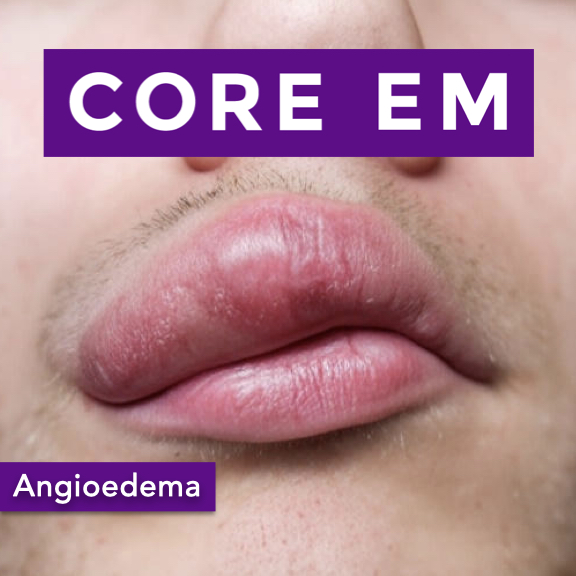We review BRUEs (Brief Resolved Unexplained Events).
Hosts:
Ellen Duncan, MD, PhD
Noumi Chowdhury, MD
Show Notes
What is a BRUE?
- BRUE stands for Brief Resolved Unexplained Event.
- It typically affects infants <1 year of age and is characterized by a sudden, brief, and now resolved episode of one or more of the following:
Cyanosis or pallor
Irregular, absent, or decreased breathing
Marked change in tone (hypertonia or hypotonia)
- Altered level of responsiveness
Risk Stratification: Low Risk vs. High Risk
Risk stratification is the most important step in management. While only 6-15% of cases meet strict “Low Risk” criteria, identifying these patients allows us to avoid unnecessary invasive testing.
Low Risk Criteria
To be considered Low Risk, the infant must meet ALL of the following:
Age: > 60 days old
Gestational Age: GA > 32 weeks (and Post-Conceptional Age > 45 weeks)
Frequency: This is the first episode
Duration: Lasted < 1 minute
Intervention: No CPR performed by a trained professional
Clinical Picture: Reassuring history and physical exam
Management for Low Risk:
Generally do not require extensive testing or admission.
Prioritize safety education/anticipatory guidance.
Ensure strict return precautions and close outpatient follow-up (within 24 hours).
High Risk Criteria
Any infant not meeting the low-risk criteria is automatically High Risk.
Additional red flags include:
Suspicion of child abuse
History of toxin exposure
Family history of sudden cardiac death
Abnormal physical exam findings (trauma, neuro deficits)
Management for High Risk:
Requires a more thorough evaluation.
Often requires hospital admission.
- Note: Serious underlying conditions are identified in approx. 4% of high-risk infants.
Differential Diagnosis: “THE MISFITS” Mnemonic
T – Trauma (Accidental or Non-accidental/Abuse)
H – Heart (Congenital heart disease, dysrhythmias)
E – Endocrine
M – Metabolic (Inborn errors of metabolism)
I – Infection (Sepsis, meningitis, pertussis, RSV)
S – Seizures
F – Formula (Reflux, allergy, aspiration)
I – Intestinal Catastrophes (Volvulus, intussusception)
T – Toxins (Medications, home exposures)
S – Sepsis (Systemic infection)
Workup & Diagnostics
Step 1: Stabilization
ABCs (Airway, Breathing, Circulation)
Point-of-care Glucose
Cardiorespiratory monitoring
Step 2: Diagnostic Testing (For High Risk/Symptomatic Patients)
Labs: VBG, CBC, Electrolytes.
Imaging:
CXR: Evaluate for infection and cardiothymic silhouette.
EKG: Evaluate for QT prolongation or dysrhythmias.
- Neuro: Consider Head CT/MRI and EEG if there are concerns for trauma or seizures.
Clinical Pearl: Only ~6% of diagnostic tests contribute meaningfully to the diagnosis. Be judicious—avoid “shotgunning” tests in low-risk patients.
Prognosis & Outcomes
Recurrence: Approximately 10% (lower than historical ALTE rates of 10-25%).
Mortality: < 1%. Nearly always linked to an identifiable cause (abuse, metabolic disorder, severe infection).
BRUE vs. SIDS: These are not the same.
BRUE: Peaks < 2 months; occurs mostly during the day.
SIDS: Peaks 2–4 months; occurs mostly midnight to 6:00 AM.
Take-Home Points
Diagnosis of Exclusion: You cannot call it a BRUE until you have ruled out obvious causes via history and physical.
Strict Criteria: Stick strictly to the Low Risk criteria guidelines. If they miss even one (e.g., age < 60 days), they are High Risk.
Education: For low-risk families, the most valuable intervention is reassurance, education, and arranging close follow-up.
Systematic Approach: For high-risk infants, use a structured approach (like THE MISFITS) to ensure you don’t miss rare but reversible causes.
Read More







